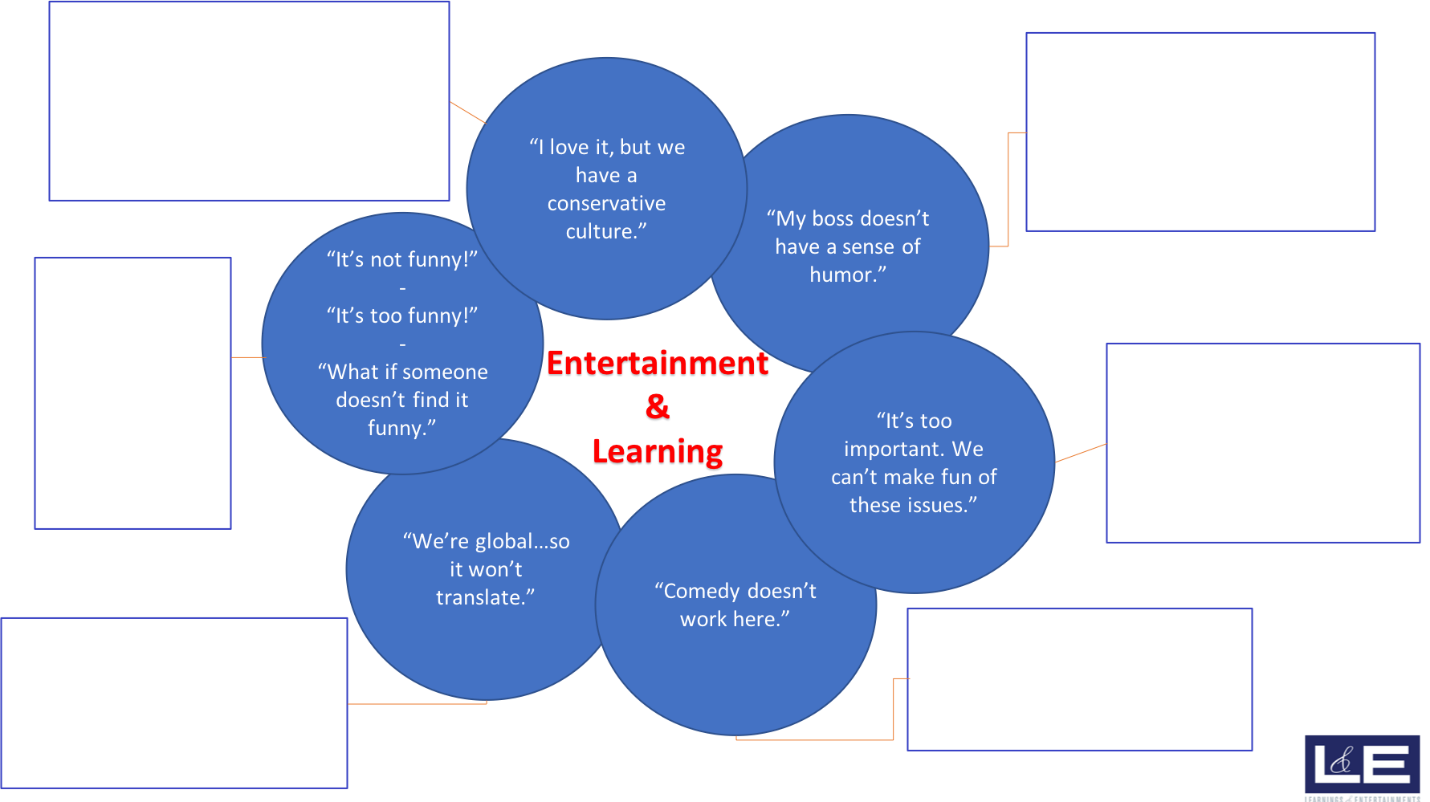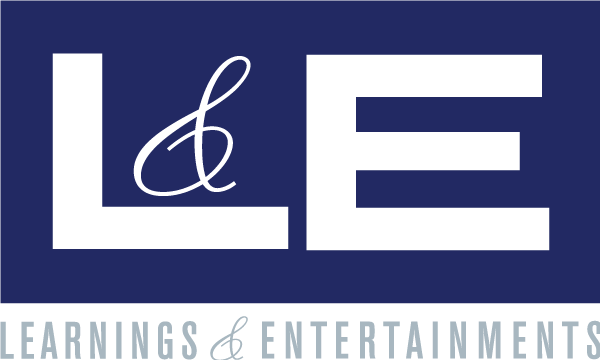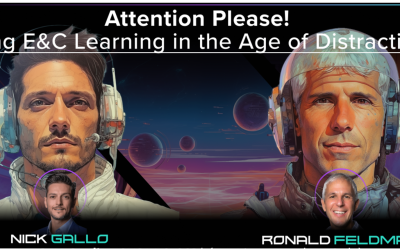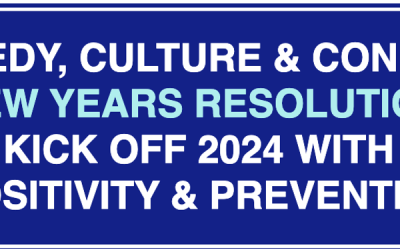A version of this article appears in Corporate Compliance Insights
Entertainment and comedy can be a hugely effective way to get compliance and risk training to “stick.” Ronnie Feldman builds a business case for more creative approaches to training and communication.
Let’s talk about comedy and corporate risk. Utilizing humor and other entertaining devices to train and communicate ethics, compliance and other corporate risk topics may seem counterintuitive. After all, we’re talking about some serious, weighty, important stuff here. It’s not surprising that the community is often risk averse when it comes to trying out new approaches to mitigating risk. But here’s the thing: It’s not counterintuitive.
Don’t think about compliance, think about life and how humans communicate and consume information. Everyone likes to be entertained and learn new things… particularly if it’s interesting and fun! Intuitively, people know entertainment is an effective way to train, communicate and engage. It has been throughout human history. Everyone knows this, yet here we are. So let’s break it down.
There are many reasons the existing environment of ethics and compliance programs have difficulty changing behavior. I won’t spend too much time on this, because I think this is well-covered ground, but here is a quick review of some of the challenges you face.
- You’re not playing to a warm room. “Ethics” and “compliance” are loaded words. You can read about this in a previous article I wrote here.
- There are lots of rules that often feel disconnected from employees day-to-day responsibilities. People often push complex policies and don’t connect the dots to practical, relevant behaviors they can relate to.
- Employees typically feel like they already “get it.” They think they already know what they need to know. Employees feel like the training is a formality, and it often is. People are often putting “old wine in new bottles.” Employees know this, and they are resentful of their time being wasted.
- Employees are busy, and there are a lot of things vying for their attention. Ethics and compliance often has difficulty getting “air time,” which creates a visibility problem. In many cases, the training and resources are already in place, just not accessed regularly or digested in any meaningful way.
These are some of the reasons it’s difficult to engage employees, and yet I constantly hear the following knee-jerk reactions that stop good ideas from going forward.

I spent the early part of my career improvising, writing, performing and producing comedy for a living, typically in the form of social, political and corporate satire. I’ve spent the most recent 10 years exploring creative ways to apply that foundation to better engage employees around the most serious of workplace behavior topics. I’ve found that much of what I’ve learned translates quite well to the corporate risk community.
Things Are Funny When They Are True
Many people seem to think that comedy means “to make fun of.” While this is one technique, it’s not the only one. Humor in this context is an effective way to hold a mirror up to the world and share what you see. It can be a vehicle to speak the truth. Exaggerating and heightening real behaviors can be quite entertaining, and it is also a great technique for showcasing teachable moments. The laughter comes from shared recognition. I love this quote from Gilda Radner:

Stand Out & Get Noticed
One of the reasons humor and other forms of entertainment are effective in the workplace is because of the juxtaposition against typical, formal, watered-down, boring corporate messaging that doesn’t resemble the way humans speak to each other. Creativity stands out, and you can’t change behavior if employees don’t first pay attention. Creative approaches can help get “air time” on corporate communication channels to increase message visibility. And if it’s cool or fun, you can play the same content over and over again and people won’t mind.
Break Down Barriers & Open Up Conversations
I think John Cleese said it best:

When it comes to weighty, hard-to-get-at topics, humor and other forms of entertainment can be disarming and can open the door so that learning can begin.
Emotional Connections
Humor, music and other forms of entertainment tend to make emotional connections with people, which can play a critical role in learning. Emotion drives attention and helps with memory and recall. Cognitive learning can be effective because it’s rational and logical (e.g., policies that explain the rules), but it’s the catchy song or the entertaining video or the fun game that will stick. Training and communications that have a mixture of both cognitive and emotional learning tend to be the most effective.
Blending entertainment with learning has been an effective tool for hundreds of years; examples exist everywhere you look in your everyday, non-work lives. For instance:
- We remember how a bill becomes a law from Schoolhouse Rock.
- We listen to the radio and podcasts and TED Talks.
- We sing our favorite songs in the shower and, for some reason, that Baby Shark tune or the Kars-for-Kids jingle gets maddeningly stuck in our heads.
- The most serious of subjects are covered in variety shows like The Daily Show, The Ellen DeGeneres Show, The Tonight Show, Late Night with…, etc.
- We watch TV sitcoms and documentaries and films of all genres.
- We watch fun commercials that don’t undermine their product, they make you want to learn more. We all know the Geico slogan because of their entertaining commercials.
Airline safety videos seem to draw the closest parallels; here is a very serious topic that most people tune out. So airlines have continued to “up the entertainment value” to ensure people take notice, pay attention and remember. Another example is Dumb Ways To Die, which was a wildly successful campaign to promote train safety in Australia that has taken on a life of its own.
Utilizing entertainment as a vehicle for learning helps get attention, engages people, opens new doors to new perspectives and helps with memory and recall. People get distracted thinking about whether or not they find something entertaining or funny. But this misses the point. It’s not about the funny… it’s about being interesting and provocative in order to can create a social environment where people are more likely to listen, ask questions and speak up to report concerns. It’s being conservative and cautious that is risky, because no one engages and learns.
Adoption of these techniques by the corporate risk community has been slow. I would argue that there are a couple of factors in play that you need to overcome.
Time & Effort – Blending entertainment with learning is hard to do well. It requires additional effort. People often provide information in the way that’s easiest to provide it, without going the extra step to figure out how employees might best receive that information. Separate the message from the delivery mechanism. There’s a difference between having a difficult conversation and a conversation about a difficult thing. One you have the messaging/learning figured out, take the time to think through more entertaining wrappers that might help that message to be seen, heard and remembered.
Build A Business Case – In many workplace cultures, doing anything interesting, provocative and new often requires spending some political capital. There is always resistance to change, and effort is required to convince the naysayers to try something different. There is such fear of failure or fear of offense that all creativity gets washed away. The most common phrase I hear is, “I love this, but it’ll never work here.”
This, quite frankly, is BS.
The corporate culture is driven by how employees choose to communicate. We all contribute to it. If your corporate culture is boring and conservative, it’s because not enough people have fought to communicate in a way that’s not boring and conservative. I guarantee that your boss has a sense of humor, listens to music and enjoys entertainment as much as the next person. What they really want is an effective solution. So, if you want to change your culture, you need to build a better business case for these entertaining solutions.

I’m not advocating for a particular entertaining device. There is no single way to engage a diverse, global, multicultural, multigenerational workforce. The lesson here is not to search for the greatest entertaining solution that will appeal to everybody. It’s quite the opposite. Don’t be too precious. Try new things.
Some approaches will work for some and not for others. You will have some vocal opposition, but they will be paying attention! And you will have the opportunity to engage them in a conversation you would not normally get to have. Try lots of different creative devices and formats and you’ll have a greater likelihood of engaging the most people through a regular drumbeat of variety and surprise. This has the added benefit of mitigating the risk of putting all your eggs in one metaphorical training basket.
You don’t need to recreate the wheel. The more you mimic the entertaining techniques people use to consume information in their everyday, non-work lives, the more successful you will be. Build the business case for your entertaining, creative solutions and maybe you’ll start changing behaviors, shifting your culture… and having more fun while you do it!




